Garmin Edge 830 review
The Garmin Edge 830 is big improvement for Garmin's 800 computer series, with an impressive and improved touchscreen
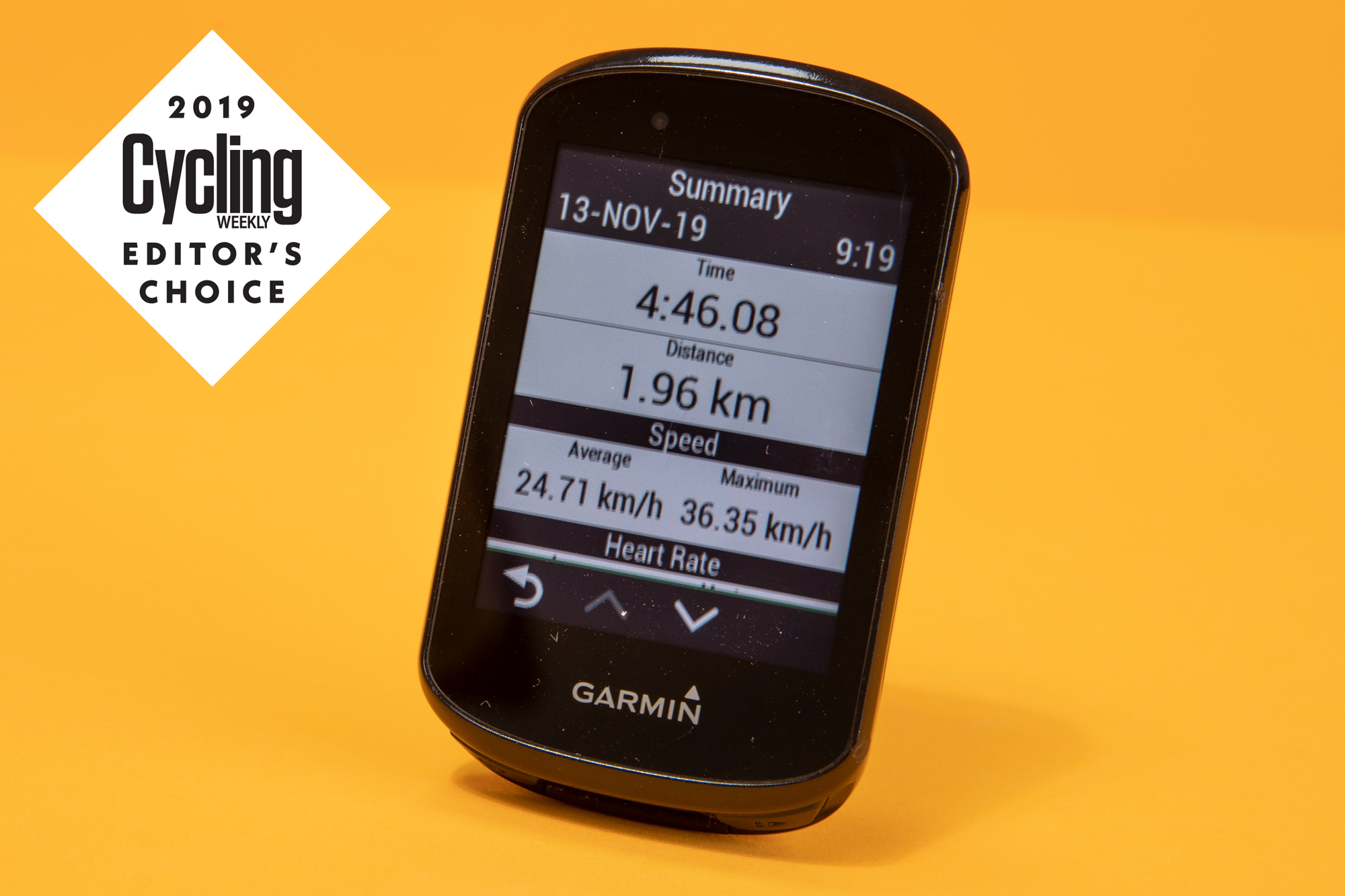
With the Garmin Edge 830 it feels like Garmin has finally nailed the touchscreen. It's responsive and actually makes the device easier to use which, after all, is the whole point of it in the first place. A couple of software bugs still remain, but on the whole the the Garmin Edge 830 is up there with the best of Garmin's range.
-
+
Touchscreen works well
-
+
Good size
-
+
Good screen
-
+
-
-
Software still isn't faultless
- -
You can trust Cycling Weekly.
We absolutely loved using the Garmin Edge 830 and were very impressed by its design and excellent touchscreen. For those reasons, it has landed itself a spot on our Editor’s Choice list for 2019.
The Garmin Edge 800 range of devices has lived in one guise or another for quite few years now. In 2011, the original Garmin Edge 800 was born – the first to feature a touchscreen.
Then came the 820 in 2016. Those first touchscreens were difficult to use, went haywire in the rain and generally glitched out – often at the cost of your whole ride.
Buy now: Garmin Edge 820 at Evans Cycles for £329.99
For the new Edge 830, Garmin has stuck to its guns and the touchscreen remains, although happily it seems to have shaken the bugs from its system – or at least mostly.
Garmin Edge 830: In the box
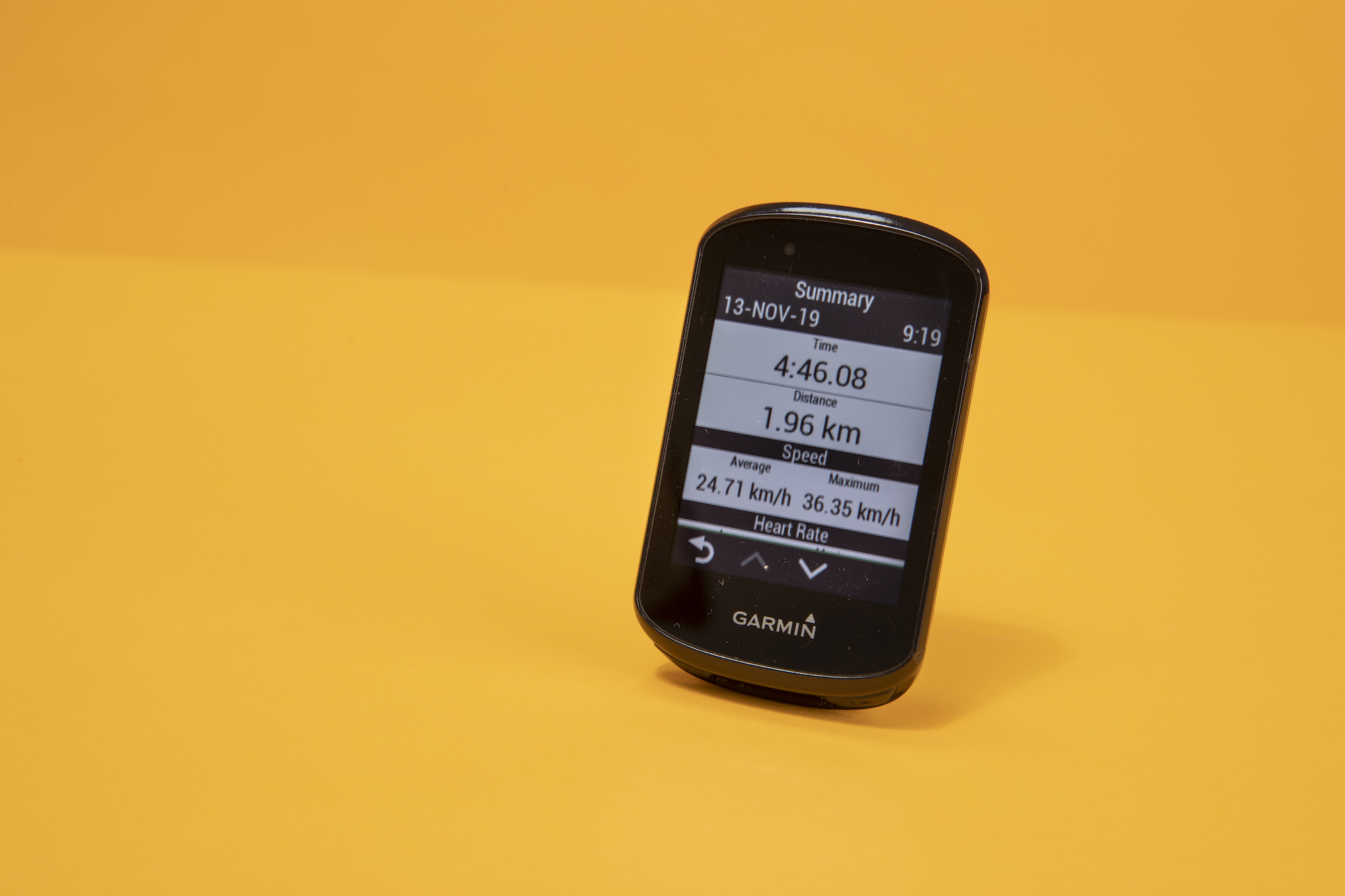
The Garmin is available in two bundles: the device only model we're reviewing here, which comes with an out front mount and a standard mount stem one (plus the elastic bands to attach it with).
Then there's the better equipped sensor bundle which comes with all the same mounts but a heart rate monitor, cadence sensor and speed sensor to boot.
>>> Garmin Edge computers range explained
Garmin Edge 830: Design
Garmin are now coalescing around a distinctively 'Garmin' design. The two latest devices - the Edge 830 and 530 - are nye on identical, and they have the same black edging and bezel as the smaller Garmin Edge 130. They also have the same crisp and easy to read screen and layout design that I rated so highly on the smaller device.
It's a good size, making it easy to dissect the jumble of information I have on one screen, preferring to lump all the information I want immediately to hand on one screen.
In my opinion it's a better size that the Garmin Edge 1030, the brand's top end computer.
It would have been good to see the bumper buttons have a more tactile feel and be put on top of the device rather than on the bottom where they can be difficult to reach between the bar and the base of the device.
Watch: What is Zwift Academy?
Garmin Edge 830: Setup process
The setup process can be done using your phone and Garmin Connect or just on the device directly. Although it's slicker than it has ever been in the past, it's not a patch on the Wahoo process which has proper app integration – meaning it's all done on your phone.
Fortunately, the process wasn't plagued by bluetooth dropouts in the same way that the Garmin Edge 820 was and Garmin Connect simply plugged in my height and weight details so the device can calculate my Vo2 Max and the like. There's plenty you can change if you're really into crunching your numbers but I just went with its estimation of my figures.
Unlike Wahoo, the rest of the setup process is still done on device which traditionally has been quite complicated. However, the now useable touchscreen makes this process far more intuitive, and I'd rather do it this way than use Garmin Connect.
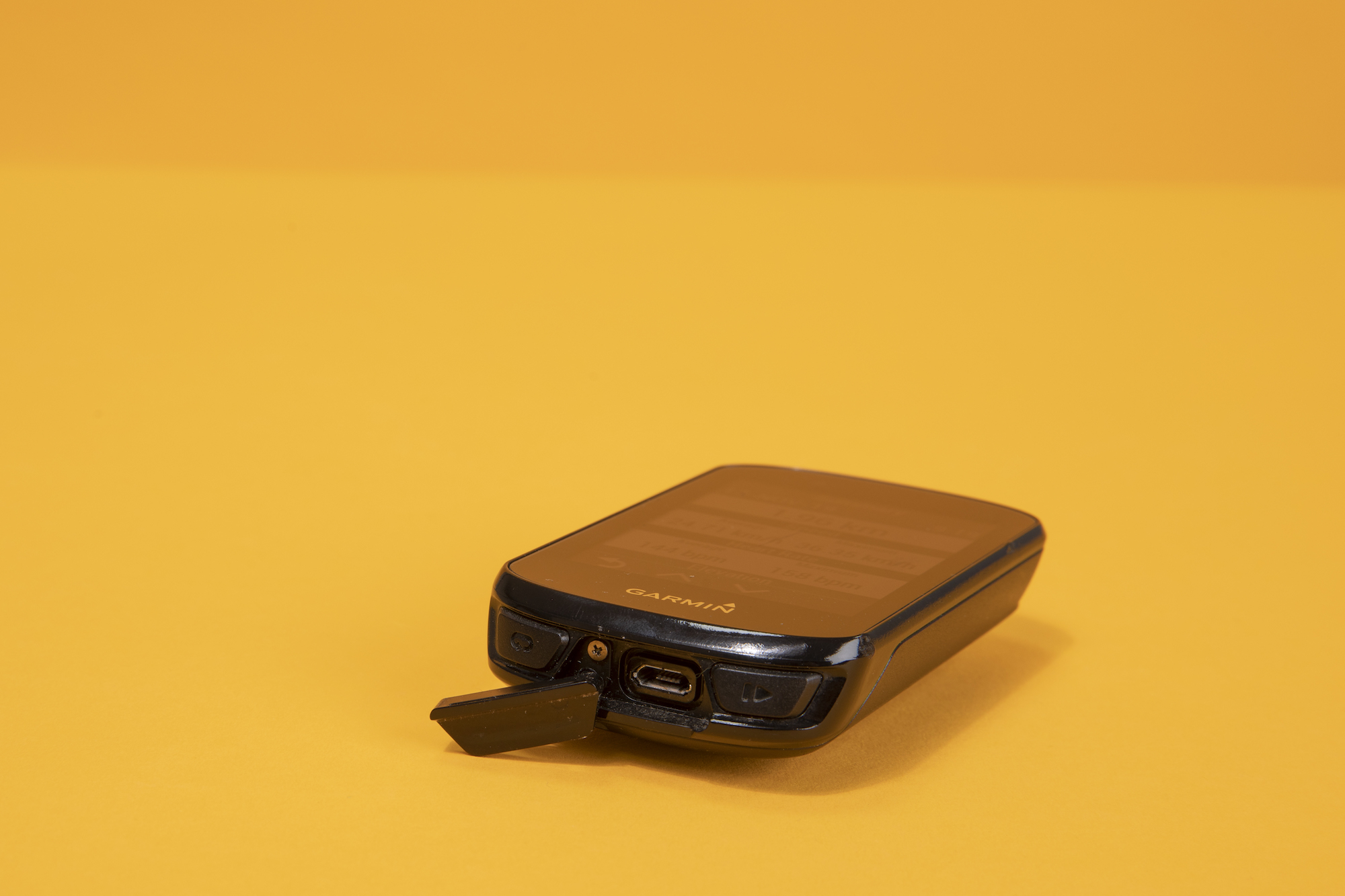
To setup a data screen you press through 'activity profiles', then data screens. It's a neat system because it's completely customisable. While mine are still set to 'road', 'indoor' and 'mountain' you can have them setup in anyway you like, so conceivably there could be one for your race bike, one for your training bike and one for when you're riding indoors.
Alternatively, you can change data screens on the fly by pressing and holding the data profile box when riding along.
Most importantly, with the improved touchscreen the on-device setup process is the most intuitive that it has been. It's now easier to setup than a device with buttons - it was markedly quicker for me to setup my 830 for example than it was the Edge 530 thanks to the 830's touchscreen – which is the way it should always have been – it just took a while to get there.
Garmin Edge 830 functionality: Mapping, GPS, battery life
Usability is easy and I found it to be quick in picking up sensors (it connected to my heart rate monitor no problem as well as my Garmin Varia lights).
Just as the Edge 820 before it, the 830 is designed to be a training tool, and now more than ever it can give you granular details including Vo2 Max, FTP, your recovery, training load, heat and altitude acclimation, nutrition, hydration the list goes on but you get the picture.
As I've mentioned in both my Garmin Edge 1030 and Garmin Edge 130 reviews, I don't need all of this information so personally I'd save the cash and go for the smaller unit. But if you're into your numbers, it'll handle it.
It was speedy at getting a GPS fix (much faster than the smaller Garmin Edge 130) and it uses three different types of GPS; standard, GPS Galileo and GPS GLONASS. The latter two provide uncreased performance at a greater drain on battery life so factor that in to the type of riding that you do.
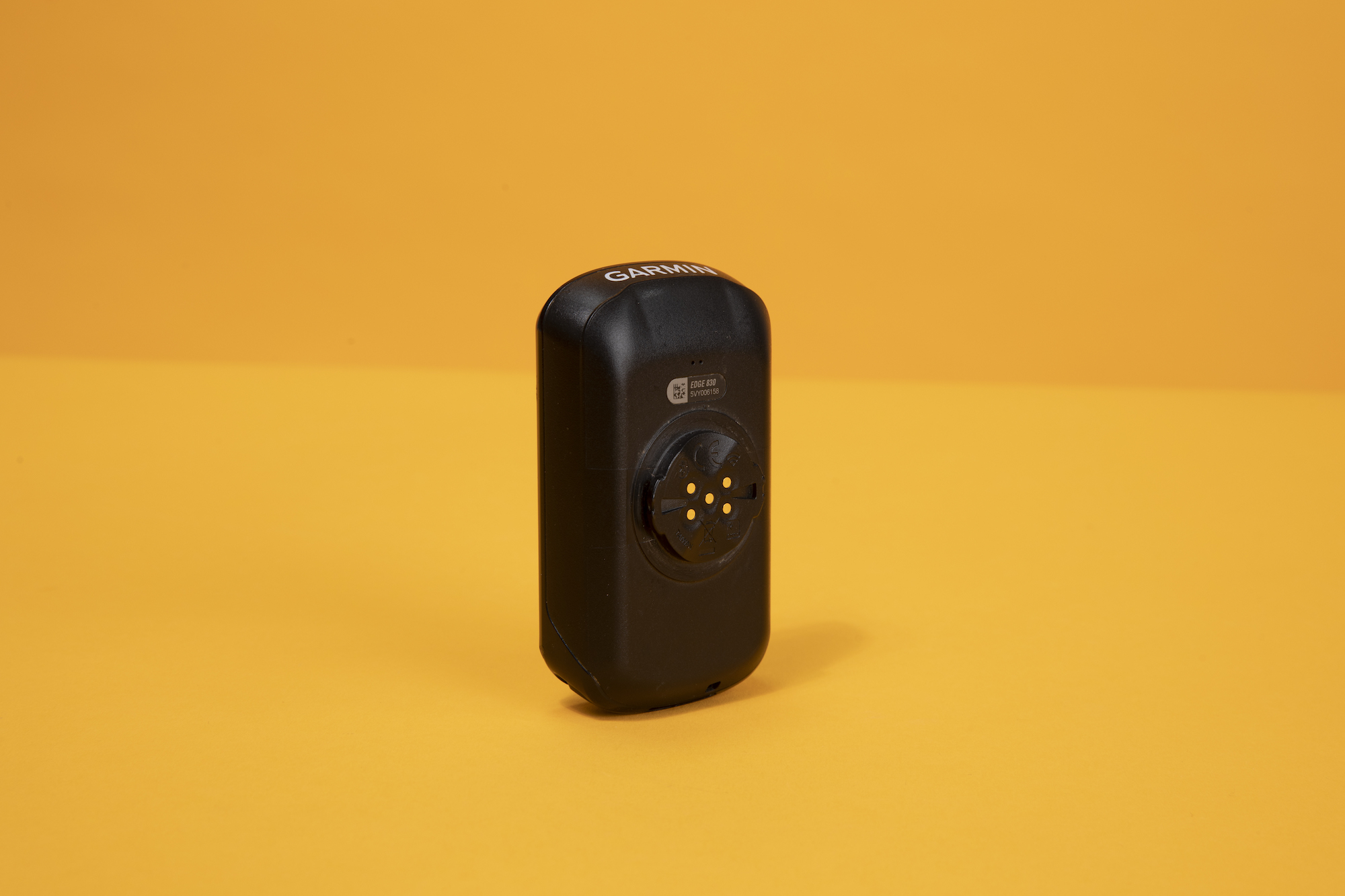
The Garmin Edge 830 boasts sophisticated mapping and actually, one of the main reasons I'd buy one is for its ability to keep me on course. Setting up a route on-device is still a little clunky, it involves typing in address or choosing points of interest (again, much easier on the improved touch screen) but the route it chooses is informed by Garmin's rider data so it prioritises popular cycle routes, which tend to be a little quieter and more cycle friendly, which is smart.
If, like me, you don't mind riding on busy roads but need guidance if riding in a new area or further afield than normal then uploading a course is still the best option. Plot the route on Strava (or your chosen ride planner) download the GPX/TCX and then load it into the folder inexplicably named 'new files'. The on device map is easy to read and follow, although grabbing and moving it is quite difficult and I don't think it'll ever be smoother than grabbing your phone out of your back pocket.
If you like to create routes on the fly then I've been having a good experience with Komoot, which has the added benefit of integrating with Garmin's software.
Fortunately, flicking between screens on the fly is no longer hazardous as the one-touch responsiveness from the device means you don't have to take your eyes off the road.
When turn by turn notifications pop up they take up the whole screen and display a clear picture of what direction you need to take at a junction. However, it does still struggle if your route goes back on itself, getting confused with your direction of travel.
I've also been using Strava Live segments which display clearly on the big screen as long as you're not using a pre-determined route.
The Garmin's software is also much improved, although it's not faultless. A couple of times braking set of its incident detection system and the 'press here to stop' section of the screen wasn't responsive.
Garmin Edge 830: Battery life
Long days in the saddle in the South Downs saw me drain around 50% off the battery's life a day, which is impressive as I was using both GPS Galileo and Komoot routing software. If you're into extreme distance riding then you can get a charger pack to top it up.
Buy now: Garmin Edge 820 at Evans Cycles for £329.99
The Garmin Edge 830 is a much improved on the Garmin Edge 820 and the touchscreen is responsive and the software much less buggy. I'll still maintain that as someone who barely takes a second glance at the estimated recovery time or nutrition intake per ride, it's a little much for myself or my riding.

Thank you for reading 20 articles this month* Join now for unlimited access
Enjoy your first month for just £1 / $1 / €1
*Read 5 free articles per month without a subscription

Join now for unlimited access
Try first month for just £1 / $1 / €1
Get The Leadout Newsletter
The latest race content, interviews, features, reviews and expert buying guides, direct to your inbox!
-
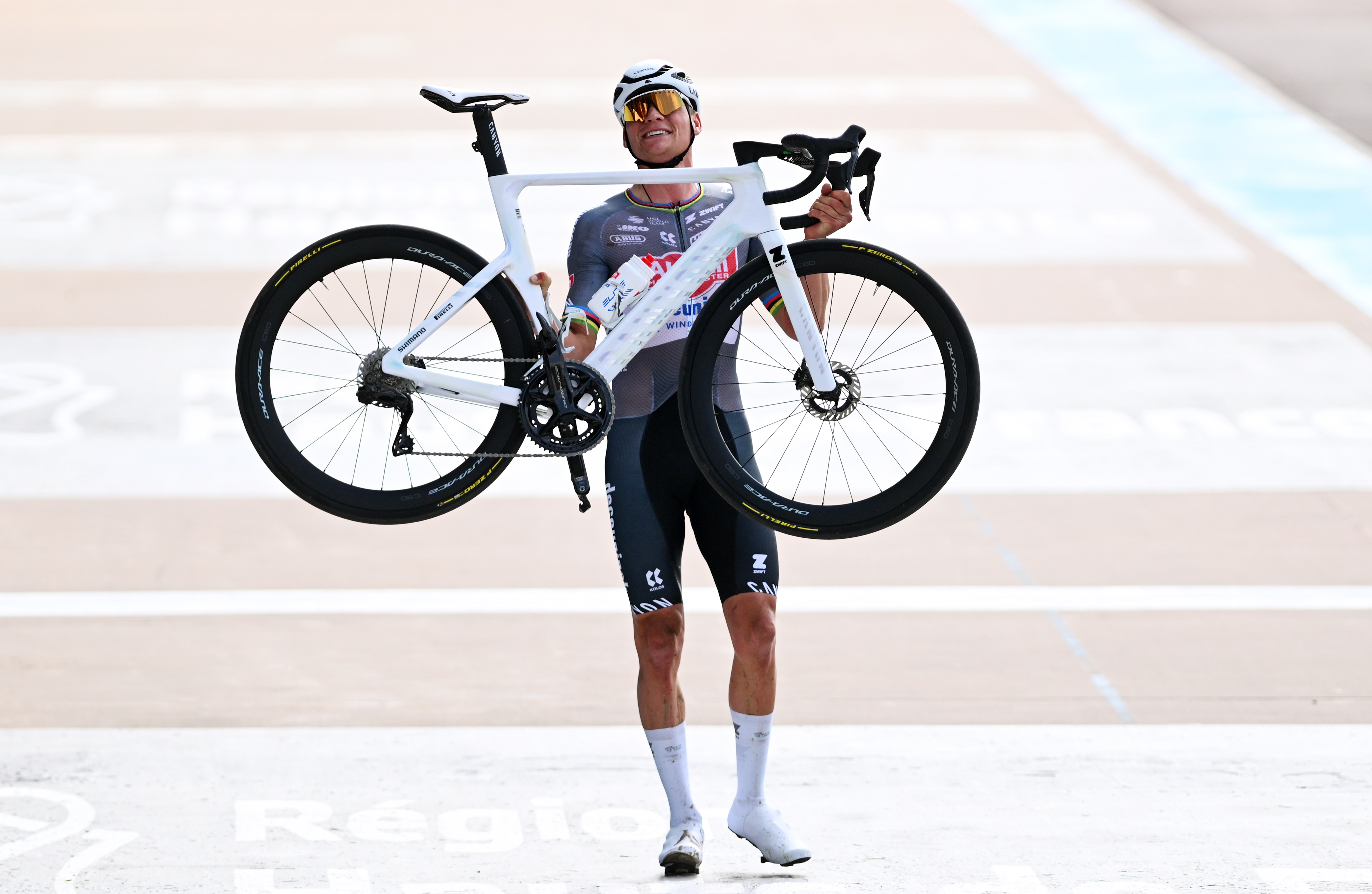 Mathieu van der Poel secures Paris-Roubaix hat-trick after epic duel with Tadej Pogačar
Mathieu van der Poel secures Paris-Roubaix hat-trick after epic duel with Tadej PogačarDutchman takes his third win in a row after Pogačar crashes on the cobbles, while Mads Pedersen finishes third
By Peter Cossins Published
-
 The Sea Otter Classic: sights and sounds from the biggest bike gathering in North America - Part 1
The Sea Otter Classic: sights and sounds from the biggest bike gathering in North America - Part 1Odds and ends that run the gamut, from a $13,000 frameset to armoured kit and new hydro-vests
By Tyler Boucher Published
-
 The thing that bothers me most when I look back at old school training is that right now we’re doing something equivalently misguided
The thing that bothers me most when I look back at old school training is that right now we’re doing something equivalently misguidedOur columnist's old training diaries reveal old-school levels of lunacy
By Michael Hutchinson Published